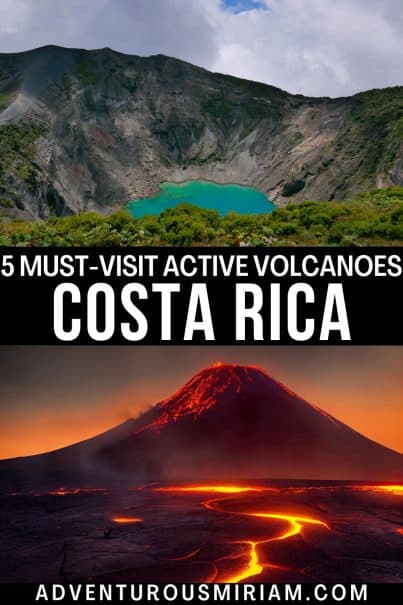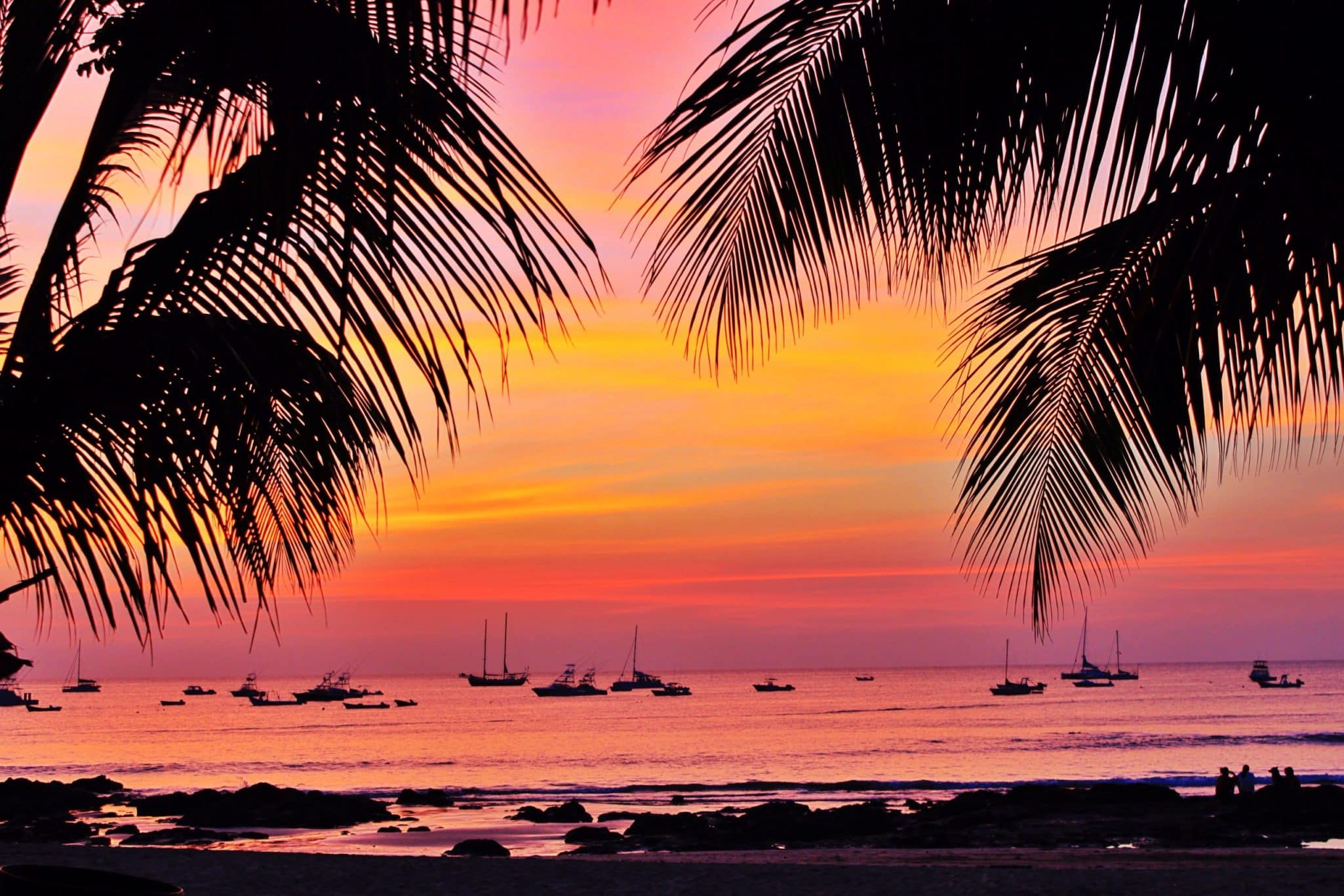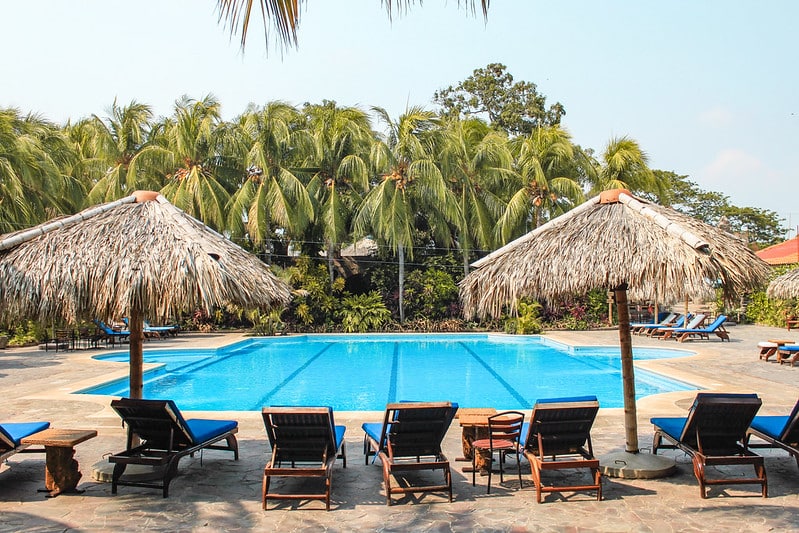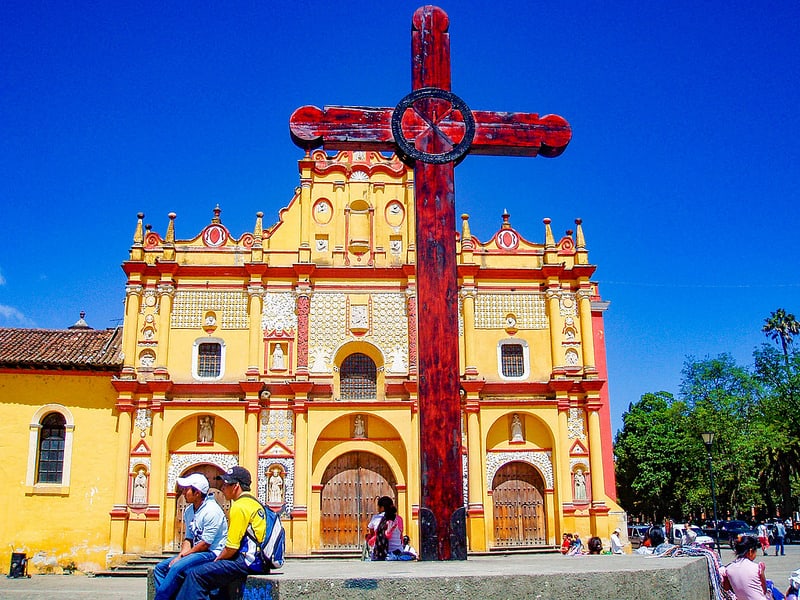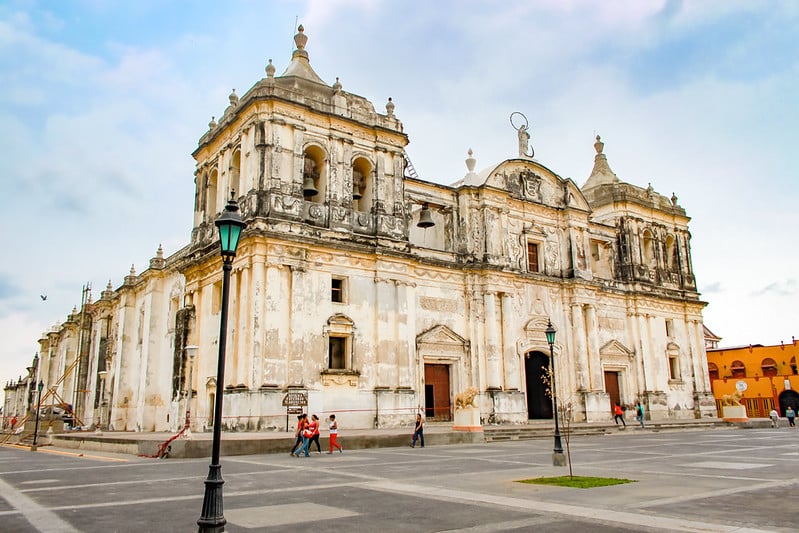5 active volcanoes in Costa Rica you should visit (+ map)
Did you know that there are more than 200 volcanic formations in Costa Rica?
With over 60 dormant volcanos and five active, this is the perfect place to not only see a volcano from afar but to experience one up close!
In Costa Rica, you can visit on an ATV, chill in hot springs heated by a volcano, hike a volcano, and much more! (In nearby Nicaragua, you can even try volcano boarding!)
If you’re heading to Costa Rica and want to see some volcanoes, I’ve got a list of the top 5 you shouldn’t miss.
This post contains referral links for products I love. Adventurous Miriam earns a small commission at no extra cost to you if you purchase through my links. I appreciate your support ♡ Learn more
🌋 Volcanoes in Costa Rica
Costa Rica has over 200 volcanic formations because it sits on the Central American Volcanic Arc. This arc, stretching 1,500 km from Guatemala to Panama, is dense with volcanoes – about one every 35 kilometers.
But why are there so many?
The action starts underground with plate tectonics.
The Cocos Plate under the Pacific is sliding under the Caribbean Plate, causing earthquakes and lots of volcanic activity. This process, known as subduction, heats up and melts the plate, sending magma up to form volcanoes.
Two of Costa Rica’s four mountain ranges, the Central and Guanacaste, are volcanic, born from this underground heat and drama.
Read next: Is Costa Rica safe in 2024?

Volcanoes in Costa Rica map
On this map, you can see the 5 active volcanoes in Costa Rica.
Use the map by zooming in and out on the + and – buttons in the left corner. When you click the numbers, the name of the volcano appears.
The 5 active volcanos in Costa Rica
In Costa Rica, a volcano is considered active if it has erupted in the last 10,000 years.
Currently, there are 5 active volcanos in Costa Rica, and they’re popular for their steaming craters and sometimes lava flows.
The big names here are Arenal, Poás, Rincón de la Vieja, Irazú, and Turrialba, which you’ll hear more about below.
1. Arenal Volcano
Arenal is Costa Rica’s most famous volcano because from 1968 to 2010, it was spewing lava and hot rocks on a daily basis.
Tourists loved watching these fiery displays and then chilling in nearby natural hot springs afterwards. This combo turned the area into a tourism hotspot, with hotels popping up everywhere.
But in 2010, Arenal Volcano went dormant.
Is the excitement gone? Not at all. Arenal could wake up any time, but even now, it’s a fantastic spot. The huge volcano, overlooking La Fortuna, is still an impressive sight.
Plus, the area is packed with activities: waterfalls, swimming holes, hiking, white water rafting, zip-lining, and those amazing hot springs. And you can explore Arenal Volcano National Park to see the marks of past eruptions.
🌋 Book a guided tour – Arenal Volcano Hike

2. Poas Volcano
Poás Volcano is one of the world’s largest active volcanoes.
It’s got sulfuric emissions, active fumaroles, and two crater lakes.
The northern one, Laguna Caliente, is super acidic, while the southern Lake Botos is cold, clear, and nestled in a stunning cloud forest.
Poás had to close in April 2017 due to eruptions but it’s open again now. You can easily visit on a day trip from San Jose.
🌋 Book a guided tour – Full Day Poas Volcano, La Paz Waterfall Gardens and Coffee Plantation

3. Rincón de la Vieja Volcano
Rincón de la Vieja Volcano, standing 1,916 meters high, is located in northwest Costa Rica, 25 kilometers from Liberia.
It’s surrounded by a national park filled with volcanic features like bubbling mud and hot springs.
The park has over 40 km of trails, leading to different sites including waterfalls. You can also try canopy tours, horseback riding, or relaxing in thermal pools outside the park.
The most challenging hike is to the volcano’s crater lake. I haven’t tried it, but it’s supposed to be tough.
🌋 Book a guided tour – Volcano Hike, Waterfall Swim & Hot Springs

4. Turrialba Volcano
Turrialba Volcano, not far from San Jose, is a bit of a trek to get to.
The hike up takes 1 to 3 hours, and it’s less crowded with more rugged trails. Though challenging, the views are worth it.
It’s less visited than nearby Irazú, sitting amidst cloud forests and farms.
Turrialba Volcano had a long quiet period but erupted in 2009, which caused the nearby national park to close.
Then, in 2016, it had a big eruption, throwing rocks and ash into the air, which reached San José and even shut down the main airport for a while.
🌋 Book a guided tour – Irazú Volcano & Turrialba Volcano Day tour from San Jose

5. Irazu Volcano
Irazú is Costa Rica’s tallest volcano at 3,432 meters.
The volcano is 14 km from Cartago, with a 27 km paved road leading up from the city, about a 45-minute drive. On clear days, the drive-up offers great valley views.
At the park, a path leads to a viewpoint over the lake-filled crater. You can sometimes see both the Caribbean and Pacific from the top, but clouds often roll in by mid-morning. It’s best to get there early.
Irazú has erupted over 20 times in the last 300 years.
🌋 Book a guided tour – Irazú Volcano & Turrialba Volcano Day tour from San Jose
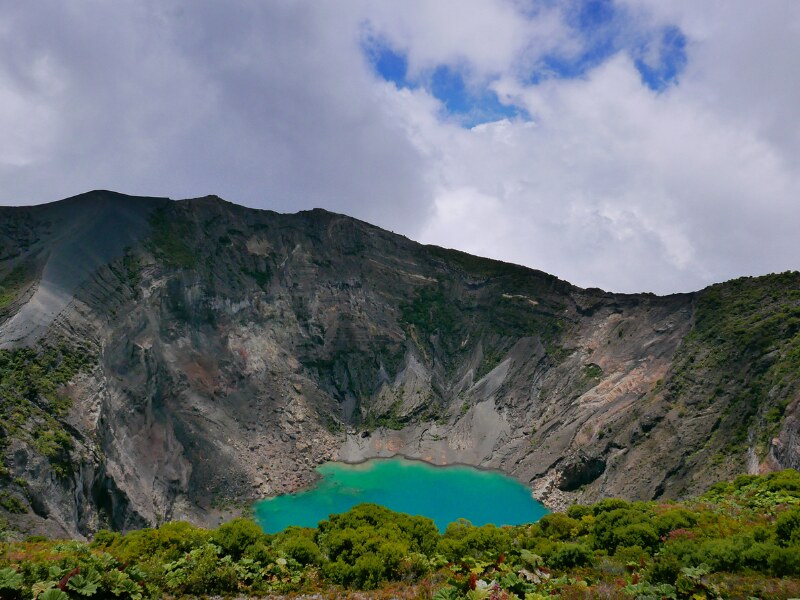
🌋 FAQ about volcanoes in Costa Rica
How many volcanoes are in Costa Rica?
Costa Rica has around 200 volcanic formations, but only five are considered active: Arenal, Poás, Rincón de la Vieja, Irazú, and Turrialba.
When was the last time a volcano erupted in Costa Rica?
The last significant volcanic eruptions in Costa Rica were from Poas Volcano in 2019 and Turrialba Volcano in September 2016.
What are the most important volcanoes in Costa Rica?
The most important volcanoes in Costa Rica are Arenal, Poás, Rincón de la Vieja, Irazú, and Turrialba.
These are not only the most active but also key attractions due to their unique features and the surrounding natural beauty.
Can you see active volcanoes in Costa Rica?
Yes, you can see active volcanoes in Costa Rica. The big ones are Arenal, Poás, Rincón de la Vieja, Irazú, and Turrialba.
They’re often active with things like ash clouds and lava flows, but keep in mind, that sometimes they’re off-limits for safety reasons or due to recent eruptions.
What is Costa Rica’s biggest active volcano?
Costa Rica’s biggest active volcano is Arenal.
It’s not only one of the country’s most iconic volcanoes but also known for its near-perfect conical shape and regular volcanic activity in the past.
Arenal has been relatively quiet since its last major eruption phase ended around 2010.
More posts about Costa Rica you might like
- The best and worst time to visit Costa Rica
- 12 best places to see wildlife in Costa Rica
- 3 weeks in Costa Rica itinerary: Ultimate Travel Guide
- How much does a trip to Costa Rica cost?
Save it!
